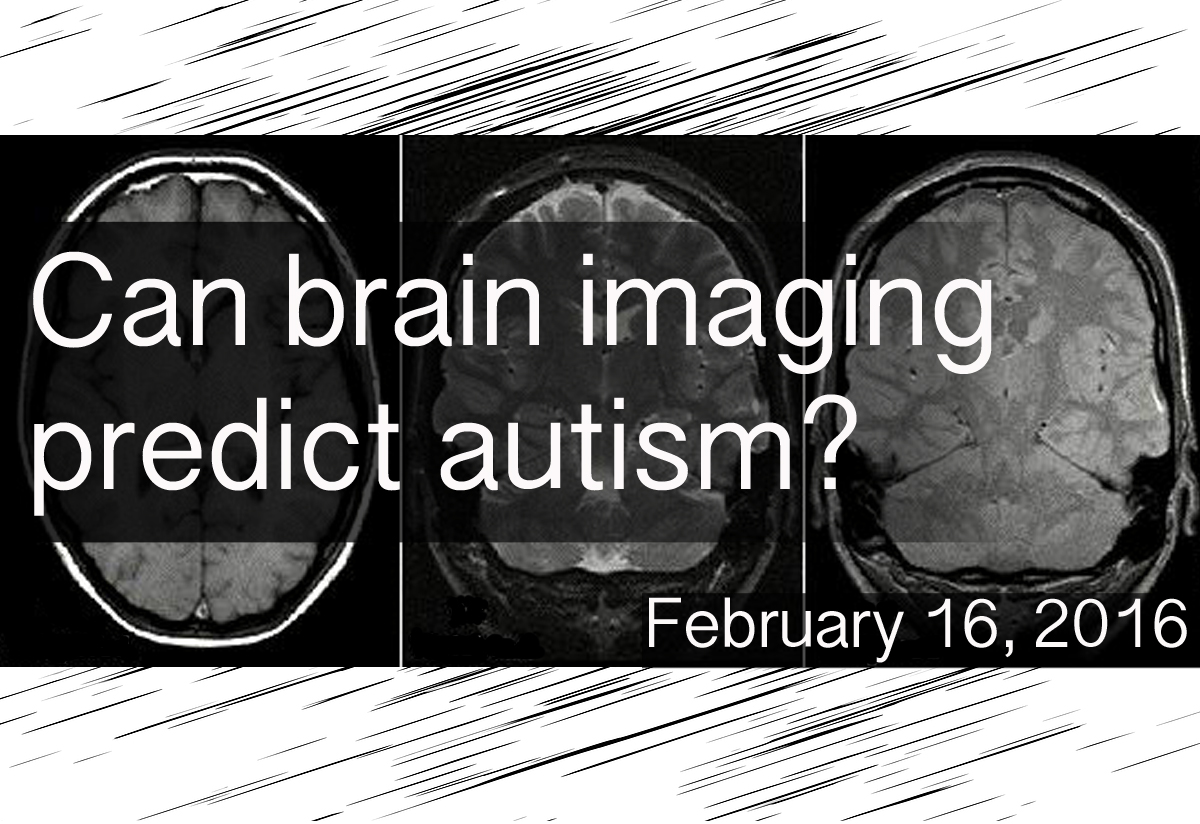Check out other stories from the Latest News
Brain Imaging Far from ASD Diagnosis, But Getting There
By Shana R. Spindler, Ph.D. on February 16, 2016

Background: A major goal in autism research is to identify measurable indicators, known as biomarkers, for Autism Spectrum Disorder (ASD) diagnosis. To date, researchers have struggled to find a universal commonality among the brains of individuals with autism. Magnetic Resonance Imaging (MRI), a type of scan that uses magnetic fields and radio waves to create detailed images of organ systems, is a popular technique to study brain structures in a living person and holds much promise for finding an ASD biomarker.
What’s new: At the 37th International Conference of the Institute of Electrical and Electronics Engineers, researchers reported on how well structural MRI predicts an autism diagnosis. In a large study using a well-established set of MRI brain scans from 15 research centers across the United States, researchers performed several experiments, showing that:
- The accuracy of autism classification by MRI got better with increased autism severity
- MRI detected possible anatomical features of autism with higher sensitivity when the individual was less than ten years of age or more than 30 years of age
- The frontal and temporal regions of the brain were important for autism classification by MRI
- Due to the heterogeneous nature of ASD, studies using a small number of participants may inflate the actual predictive power of MRI
Why it’s important: This is the first study to find that autism severity, according to social and communicative behaviors, correlates with the predictive power of MRI. The results suggest that individual behavioral information may help augment MRI findings. The study also highlights the importance of social and language regions of the brain, key age ranges for MRI effectiveness, and the requirement for large numbers of participants in brain imaging studies for autism.
Help me understand :
| Source(s) : |
| Tweet |

